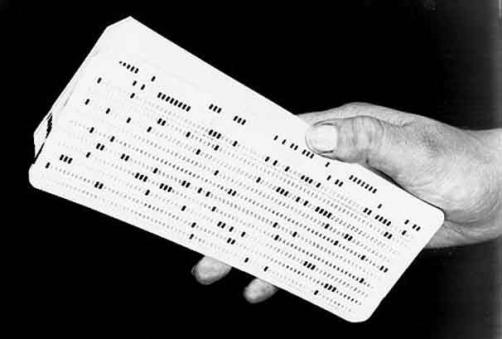One year ago Sidewalk Labs, an Alphabet company, released their plan for Toronto’s Quayside area. It is supposed to become a hub for urban innovation. Their vision: ‘combining people-centered urban design with cutting-edge technology to achieve new standards of sustainability, affordability, mobility and economic opportunity’. People living in Quayside won’t have private cars anymore, but will use the automated, partly self-driving transit system. Breakthrough innovations will ensure sustainable design and infrastructure. And everything revolves around data collected anywhere, anytime. Bins, traffic cams, energy use, movement sensors, you name it: almost every object in Quayside will collect data on the community. Which brings us to the major backlash this project has received since its announcement in October 2017.
The biggest question that critics have for the urban city pioneers is the following: who owns all this data? Sidewalk Labs? Or the people of Quayside? How does giving consent work, would you automatically agree that this data can be used the moment you set foot in Quayside?
Looking at the images and proposals designed for Quayside the neighborhood looks like a dream. Sustainable and green community spaces which can be used all year round because of technology, silent and electric cars or railway vehicles which will take you where you need to be, efficient waste management so the city is always clean, smart lighting so you’ll never have to walk in the dark: it checks a lot of boxes and that’s not even half of what the city would be able to provide for its residents. But then my mind quickly shifts to all the Black Mirror I’ve seen (which are all of them). Giving up all privacy would seem like a big sacrifice to live in a perfect world… What would you give up to live like this? Do you think it could be worth it?
Sources:
https://www.nrc.nl/nieuws/2017/10/30/googles-droomstad-kan-een-nachtmerrie-worden-13756647-a1579249
https://www.citylab.com/design/2018/09/how-smart-should-a-city-be-toronto-is-finding-out/569116/
https://www.thestar.com/news/gta/2018/10/17/sidewalk-labs-will-be-a-catalyst-for-other-developments-in-quayside-ceo-says.html
https://www.sidewalklabs.com/
Sidewalk Labs unveils design for neighbourhood in Toronto “future city”

